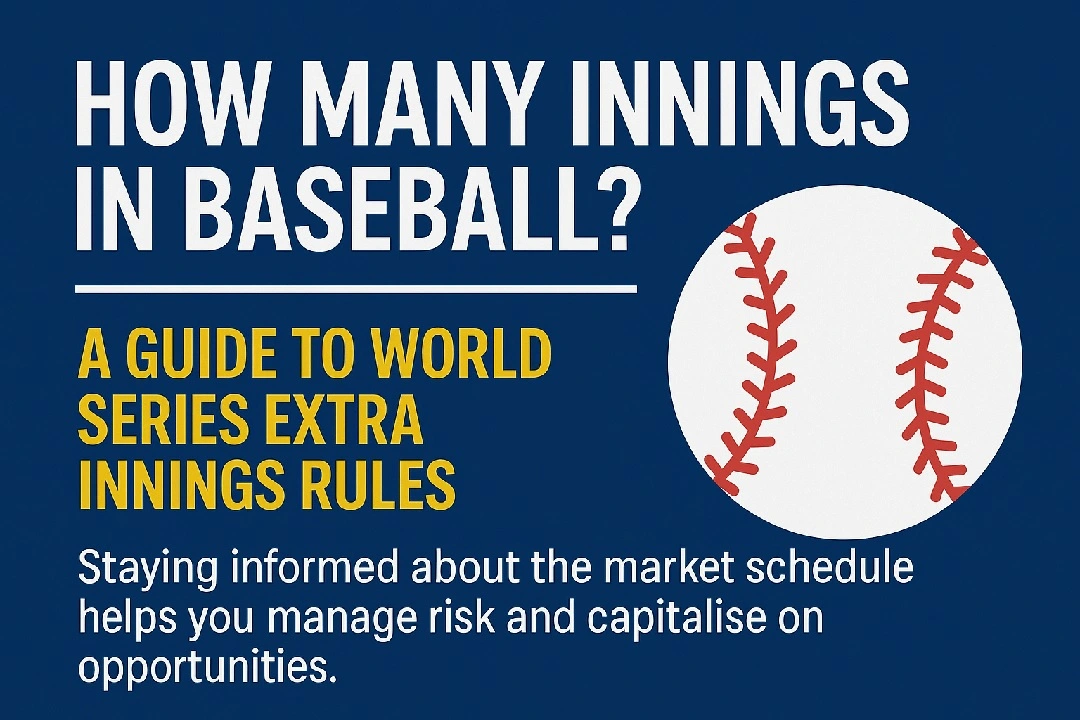The crack of the bat, the roar of the crowd—October baseball is unmatched in its drama. While a typical game lasts nine innings, the high stakes of the postseason often lead to questions: What happens if the game is tied? How do the rules change for the World Series? This guide breaks down everything you need to know about extra innings in the Fall Classic.
The Foundation: How Many Innings in a Baseball Game?
A standard Major League Baseball game is scheduled for nine innings. Each inning is divided into two halves: the visiting team bats in the top half, and the home team bats in the bottom half. If the score is tied after these nine complete innings, the game is not over. It extends into extra innings to determine a winner. There are no ties in MLB; play continues until one team emerges victorious.
Extra Innings in the Regular Season vs. The World Series
This is where the rules diverge significantly. To understand the World Series format, it’s crucial to know what happens during the regular season.
The Regular Season “Ghost Runner”
Since the 2020 season, MLB regular-season games that go into extra innings use an automatic runner rule, often colloquially called the “ghost runner.” Starting in the 10th inning, each half-inning begins with a runner on second base. The runner is usually the player who made the last out in the previous inning. The goal of this rule is to increase scoring opportunities and shorten the length of extra-inning games, thereby reducing strain on pitching staffs.
The World Series: Traditional Baseball Rules
In the World Series and the entire MLB postseason, the automatic runner rule is not used. When a World Series game goes to extra innings, every frame starts with the bases empty, just like the first nine innings. This preserves the traditional, unaltered nature of the game for its most critical contests, ensuring a winner is determined by players earning their way on base.
Key Rules That Do Apply in the World Series
While the “ghost runner” is absent, some modern MLB rules remain in effect during the playoffs:
- Pitch Clock: The pitch timer is still enforced. Pitchers have 15 seconds to deliver a pitch with the bases empty and 18 seconds with runners on. Batters must be in the box and alert by the 8-second mark.
- Replay Challenges: Teams are granted two manager challenges per game in the postseason, one more than they receive in the regular season. A team retains its challenge if it is successful.
A Look Back: Memorable World Series Extra-Inning Games
Without the automatic runner, World Series games can extend into epic, nail-biting marathons. Here are some of the longest and most memorable contests:
| Matchup | Year | Innings | Result |
|---|---|---|---|
| Red Sox vs. Dodgers | 2018 | 18 | Dodgers won 3-2 |
| Mets vs. Royals | 2015 | 14 | Royals won 5-4 |
| White Sox vs. Astros | 2005 | 14 | White Sox won 7-5 |
| Yankees vs. Marlins | 2003 | 12 | Marlins won 4-3 |
These historic games highlight the endurance and strategy required to win in the postseason under the classic extra-inning rules.
Why the Different Rules?
The rationale behind the differing rules comes down to priority. The 162-game regular season prioritizes practicality—managing player fatigue and keeping the schedule on track. The postseason, however, prioritizes tradition and purity of competition. Allowing the game to proceed without a “gimmick” runner is seen as upholding the integrity of the sport’s premier championship.
Conclusion
So, how many innings in a baseball World Series game? While it starts with the standard nine, it can go on for as many extra innings as needed to crown a champion. Unlike the regular season, there is no “ghost runner” on second base; the World Series is decided by classic, unadulterated baseball where every runner must earn their way on. This commitment to tradition is what makes October baseball so timeless and thrilling.
